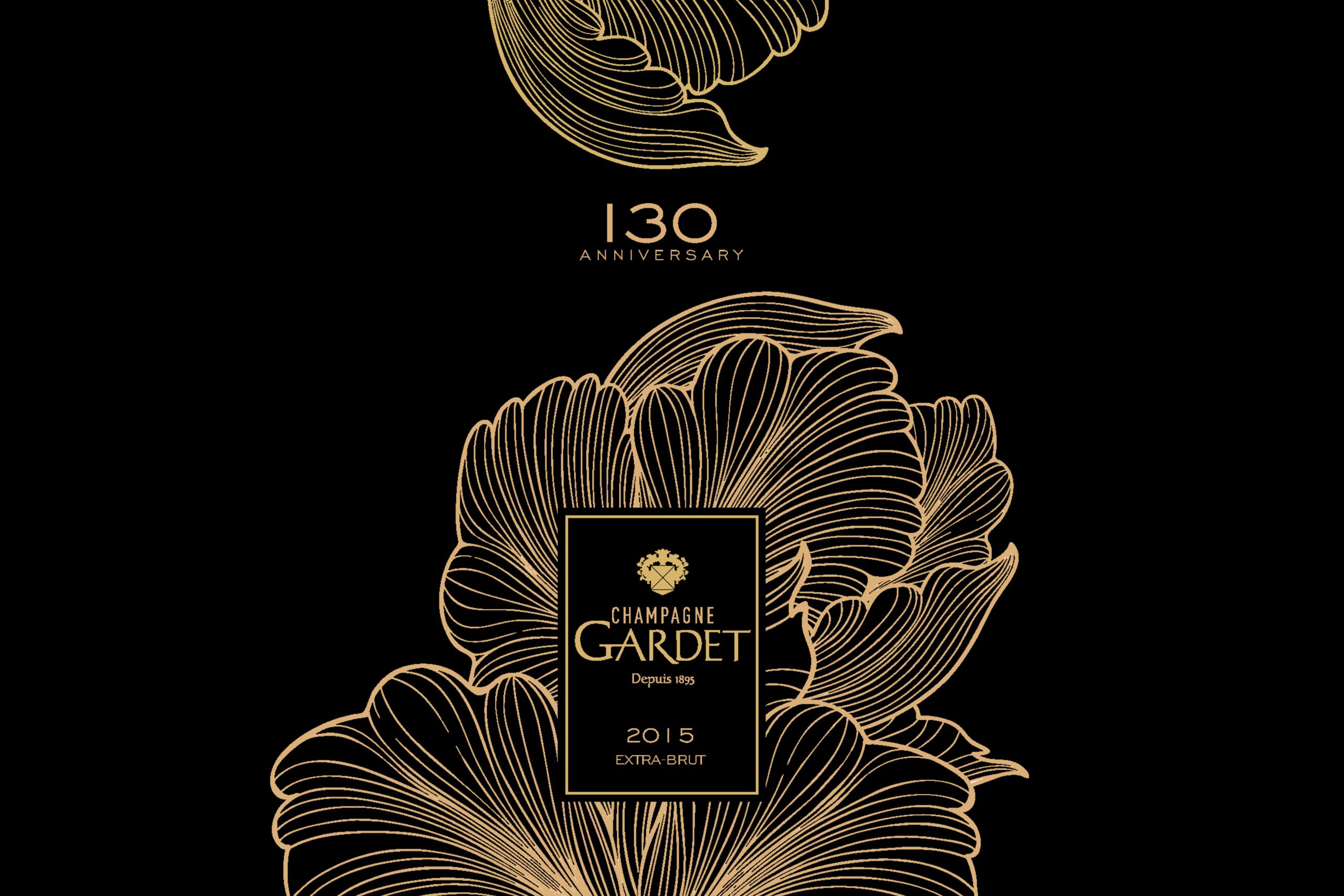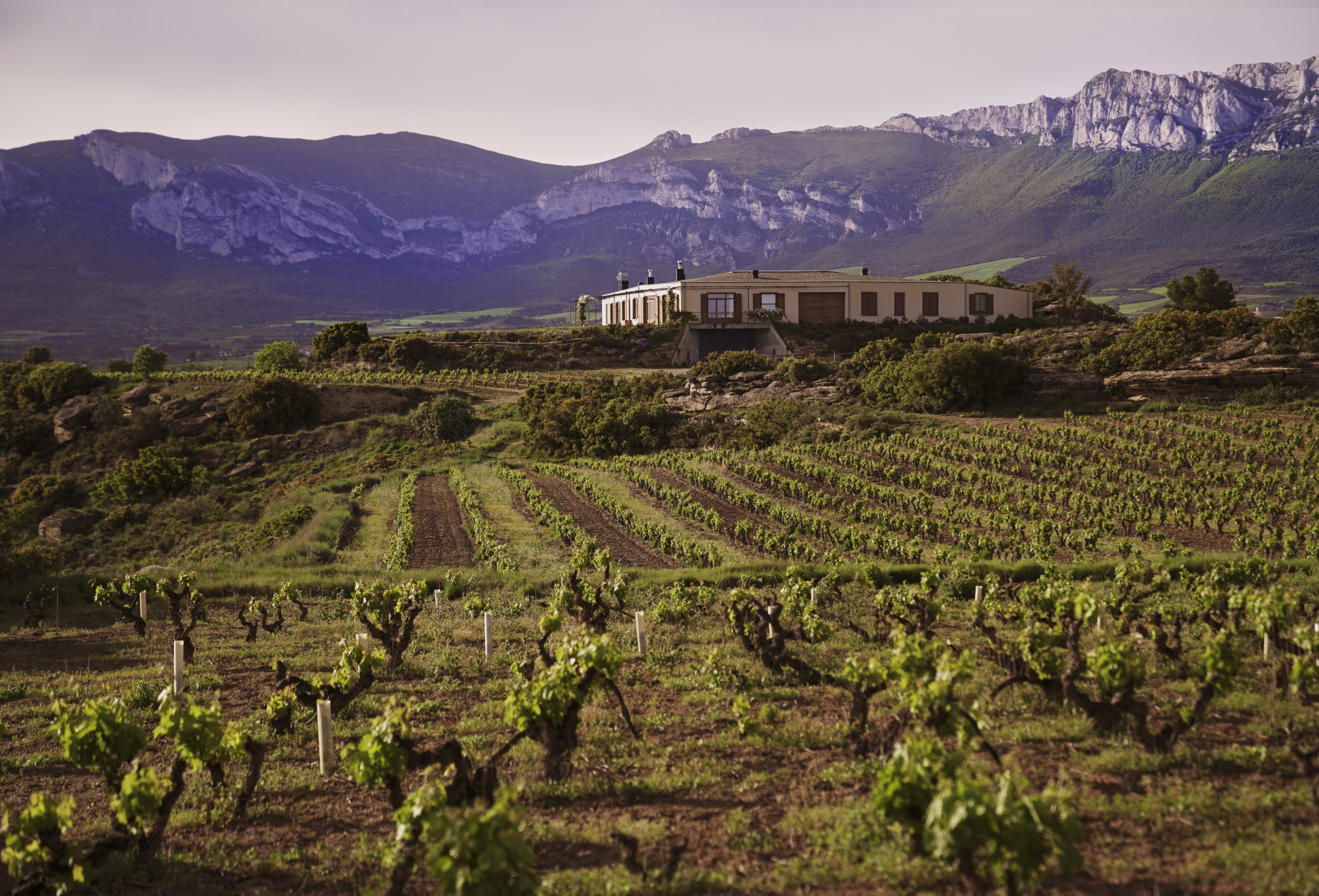7 consumer drinks trends to watch in 2020
By Edith HancockWaitrose has released its annual food and drinks trends report for 2019, revealing some seismic shifts in the way we buy alcohol today.
Big flavours, small ABVs and fancy formats are all in vogue now, according to the supermarket’s head of beer, wine and spirits, Pierpaolo Petrassi MW.
“We’re seeing a marked change in attitudes towards drinks,” Petrassi said.
“Many people have a broader repertoire than ever before, and think carefully about what they’re drinking, looking for an experience and a sense of the occasion, company or season.”
The retailer carried out consumer research with 2,000 people of all ages – not exclusively Waitrose shoppers, which was supported by focus groups in which participants were asked about their shopping, cooking and eating habits.
These insights are then backed up with Waitrose’s sales data from the last 12 months.
We’ve poured over the report and picked out the alcohol trends that we think will continue to make waves in 2020, from booze-free serves that are big on flavour, to global fizz and the return of the tinny.
7. Even more pink stuff
Pink is everywhere in the drinks world, and that doesn’t look set to change any time soon.
Britain’s on-trade sales of the juniper-laced spirit were worth £1.42 billion in the 12 months to mid-May 2019, according to a report from research analyst CGA insights. Everyone from brewer Adnams to cider brand Kopparberg now sells a pink gin or variant thereof.
But the pink trend isn’t exclusive to juniper based spirits. CGA insights also report that Champagne is eclipsed by other types of fizz in the UK on-trade, but rosé Champagne is performing well above expectations.
Meanwhile, the Prosecco region’s regulatory body recently gave wineries the green light to start producing and selling pink Prosecco, and the first bottles are slated to hit UK retail shelves at the start of next year.
“Britain’s love affair with pink gin and rosé wine seems to be expanding: drink aisles are now an explosion of pink,” according to Waitrose’s report.
“From rosé vermouth and Champagne to Cocchi Rosa, an Italian aromatised wine, there are blushes all round.”
6. New regions
Specifically, Eastern Europe, thanks to changing climates and greater investment in vineyards in the area.
Majestic has seen sales of Eastern European wine rise 400% since last year, which it claims comes as consumers look for better value in response to Brexit-related price hikes.
Sales of the dry Slovenian Furmint – a grape characterised by electric acidity – are up 159% in Waitrose stores, according to the report.
5. Global sparkling
Everywhere you look, sparkling wine sales are growing. Exports of Crémant de Loire to the UK rose by 95% in value and more than 70% in volume in the year to June 2019, according to figures from InterLoire.
It all points to consumers drinking “less, but better”, according to the report.
Sales of premium (£10.99-19.99) sparkling wine brands in the UK increased by +13.7% between 2014-2018, according to CGA data.
Even Cava, which lags far behind Champagne and Prosecco in terms of sales in the UK, is having a resurgence. Drinkers in the UK bought roughly 23 million bottles of Cava last year, according to the WSTA.
Partner Content
“Cava is making a resurgence”, the report said, “but we’re also looking to effervescent wines from Australia, New Zealand, and South Africa.”
4. English wine developments
While the rise of English sparkling wine has been covered extensively by the national press and trade, Waitrose’s beverage team believe still wine is also on track for a popularity boost.
“A bumper harvest in 2018 has led to a boost in sales of English and Welsh wine this year,” the repot said.
Waitrose became the first supermarket to list an orange wine from English producer Litmus this year.
As well as this, Lyme Bay Winery in Devon has collaborated with Morrisons to create the supermarket’s first own-label white wine from England. Called ‘English Dry White’, the wine, from the 2018 vintage, is part of Morrisons’ ‘The Best’ collection and has gone on sale in 300 stores across the UK.
3. Flavour over ABV
Low and no-alcohol has been one of the biggest talking points in the beverage industry of the past two years. So much so, one of the top-read stories on our website of all time is now a list of non-alcoholic beers to try in 2019, published in January.
The report claims that consumers care more about big flavours than ABVs. Non-alcoholic ‘spirit’ brand Seedlip recently launched a bottled, booze-free Negroni – the ‘Nogroni’ – to coincide with the cocktail’s 100th anniversary year.
Waitrose’s report claims that drinkers now think more about “whether they want to sip on something bitter, sweet, long or cold, rather than whether it’s alcohol based.
“This trend is partly due to prioritising health, but also thanks to non-alcoholic mixers such as Fever-Tree, Coca-Cola and Double Dutch innovating heavily and moving upmarket.”
2. Cans over bottles
This year, London-based wine merchant Jascots launched what it claims is the first English still wine in a can, after partnering with Three Choirs Winery.
Canned wines are on the rise in the UK and US. Sainsbury’s, for example, added two new French wines in cans to its line-up in February. Last year, Waitrose launched an organic rosé and Shiraz in cans after seeing sales of single bottles rise 10%, and this year added popular Provence rosé Mirabeau to its line-up of tinnies.
The Co-op has also looked at alternative, environmentally friendly packaging with its listing of the Most Wanted pouch in 2017. The brand is also available in cans.
Waitrose’s 2019 report found that sales of canned lagers now outstrip bottled versions, which means the tinny is back in fashion.
Aluminium is proving popular, the report said, as it is “easily recyclable and cans already contain a high proportion of recycled content.”
1. BYO….Packaging
Aluminium formats are just one way to appeal to environmentally-conscious consumers. Earlier this year Waitrose launched an experiment at its Botley Road shop in Oxford, including a dedicated refillable zone, a frozen ‘pick and mix’ and a borrow-a-box scheme.
The test, which the grocer called Waitrose Unpacked, ran for 11 weeks until 18 August. As well as asking customers to bring their own food containers, four different wines and four different beers were available on tap to take home in reusable bottles, to cut down on the use of glass bottles.
It seems the trial went well in some areas. The report found that 9% of consumers now take their own receptacles to the supermarket for loose produce or deli items. Waitrose also said that 10 weeks’ worth of beer sold out in four days, and the trial is being extended to three more stores.
Tor Harris, head of corporate social responsibility, said that Waitrose’s research showed consumers said it “feels good to be cutting down on unnecessary packaging, not just because it’s satisfying to get organised, but also because it’s better for the environment, too.”




